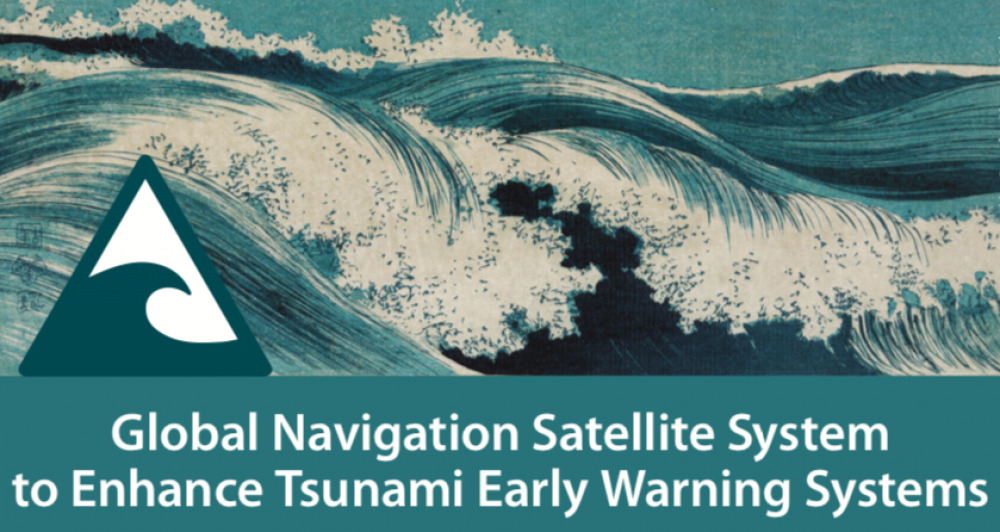Published in December 2018, Global Navigation Satellite System to Enhance Tsunami Early Warning Systems is a report that aims to promote broader cooperation within the Indo-Pacific community of APEC economies for the purpose of identifying strategies needed to understand the data needs for the Pacific-wide geophysical activities.
For more than a decade, the Indo-Pacific region has witnessed a terrible loss of life caused by large earthquakes and tsunamis. Although new and experimental algorithms based on real-time GNSS data and science now exist torapidly determine the likelihood of a tsunami disaster before it occurs; however, their application has been slow. The March 11, 2011 Tohoku-oki earthquake that occurred off the shore from the world’s most advanced GPS network, GEONET, underscores the potential and extraodinary societal value of Global Navigation Satellite Systems (GNSS) to tsunami warning systems.
This report is the primary product of the 2017 GNSS Tsunami Early Warning System Workshop (GTEWS 2017)held in Senda, Japan on July 25-27, during which academics assessed what resources would be required to develop real-time GNSSthrough the Pacific Rim. It spotlights GTEWS technology; more specifically, its development history, detection and monitoring, requirements, and prototype networks.
NASA sponsored the workshop in collaboration with the Global Geodetic Observing System (GGOS) of the International Association of Geodesy (IAG), the Association of Pacific Rim Universities (APRU) Multi-Hazards Hub at Tohoku University in Sendai, and the International Research Institute of Disaster Science (IRIDeS) at Tohoku University.
GTEWS 2017 Chair of the organizing committee, John Rundle (University of California, Davis), along with John LaBrecque (Center for Space Research, University of Texas) and Gerald Bawden (Science Mission Directorate, NASA) are this report’s editors. GTEWS 2017 Workshop findings and recommendation are all included in the report.
Please read the full report here.

